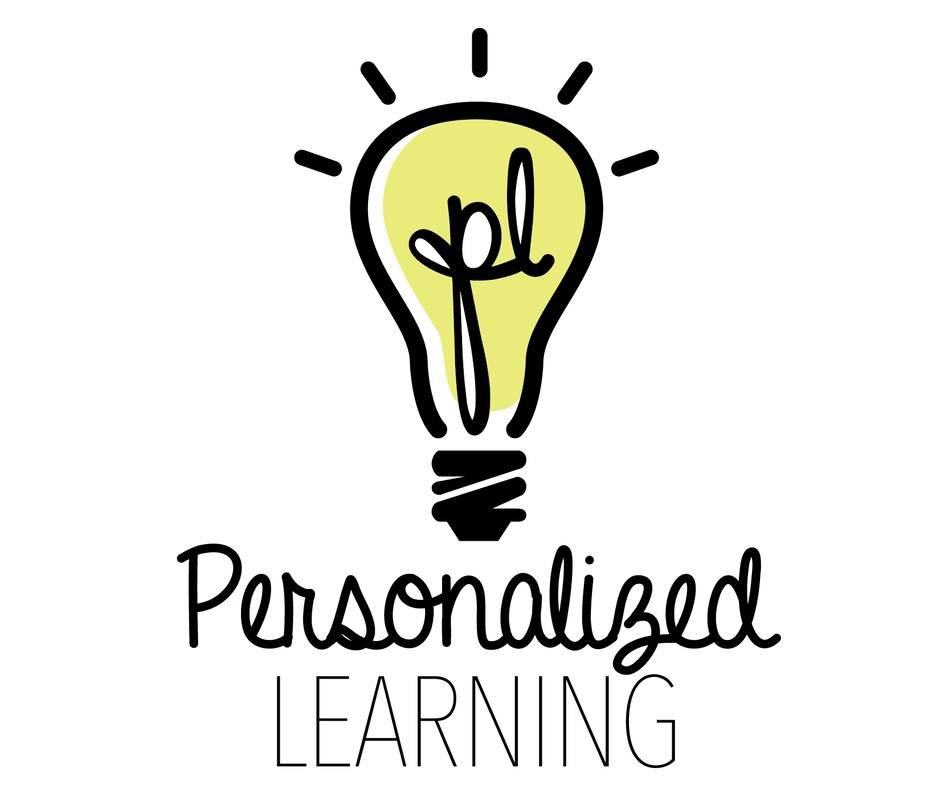INSPIRATION BANK
Below you'll find articles, research, practitioner training, and campus/classroom examples from Dallas ISD leaders to suggest the next move you (or those you coach) might take.
Below you'll find articles, research, practitioner training, and campus/classroom examples from Dallas ISD leaders to suggest the next move you (or those you coach) might take.
Leader Actions
4. Leader establishes a two-way communication channel for feedback from all stakeholders on campus. PEI Indicator 5.2 |
Next Move: Be vulnerable and transparent about distance learning. Ask for feedback from all stakeholders and show that you’re listening by responding in observable ways. |
|
5. Leader identifies types of feedback students will receive in learning. PEI Indicator 2.2 |
Next Move: Set expectations for when to use corrective and reinforcement feedback. |
|
6. Leader determines which experience tools teachers will have available to use to provide student feedback. PEI Indicator 1.4 |
Next Move: Model selected tools in professional development or when providing teachers feedback. |
|
Teacher Actions
7. Teacher creates an exemplar to internalize the learning goal and determine what success looks like. TEI Indicator 1.1 |
Next Move: Develop a sequenced list of conceptual milestones to identify the learning path a student might take. |
|
8. Teacher provides timely, relevant, and frequent feedback that moves learning forward in both synchronous and asynchronous learning. TEI Indicator 2.2 | Student Feedback |
Next Move: Embed check for understandings throughout the learning cycle to gather evidence to assess progress towards mastery. |
|
9. Teacher is responsive to student learning and adjusts feedback to meet the needs of all students. TEI Indicator 2.2 | Student Feedback |
Next Move: Develop a system to keep track of feedback provided to students. |
|
Student Actions
10. Students seek feedback or initiate a feedback loop by asking questions to clarify confusion. TEI Indicator 2.4 | Advocacy Beyond Self |
Next Move: Explicitly teach students protocols and procedures for seeking feedback from the teacher and/or their peers. |
|
11. Students set goals, measure their current level of understanding, and monitor their own progress toward mastery. TEI Indicators 1.3 and 2.2 | Self Direction |
Next Move: Establish a system to help students learn about how they learn and monitor progress towards goals (academic and non-academic). |
|
|
| [DLP] Feedback for Learning | |
| File Size: | 228 kb |
| File Type: | |

